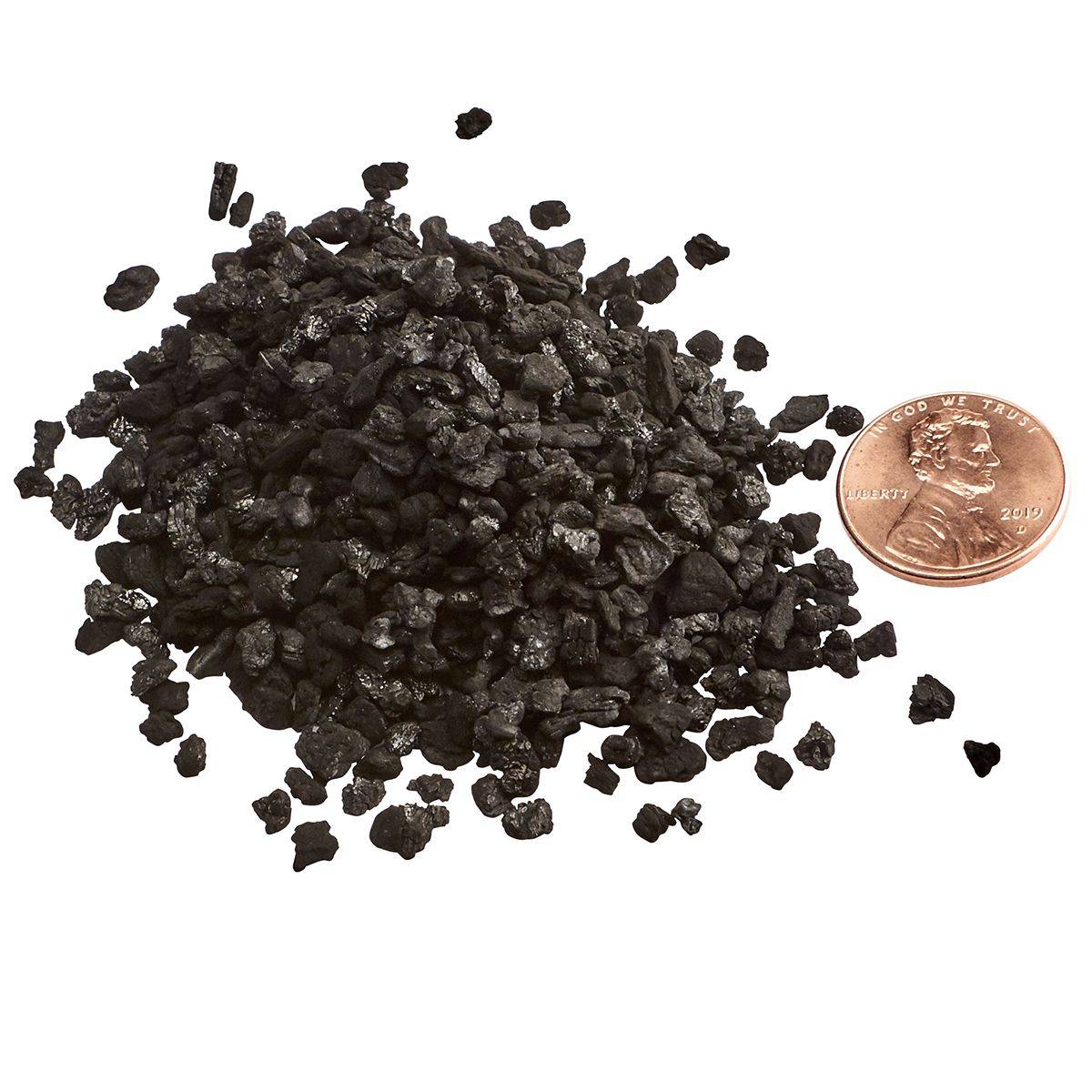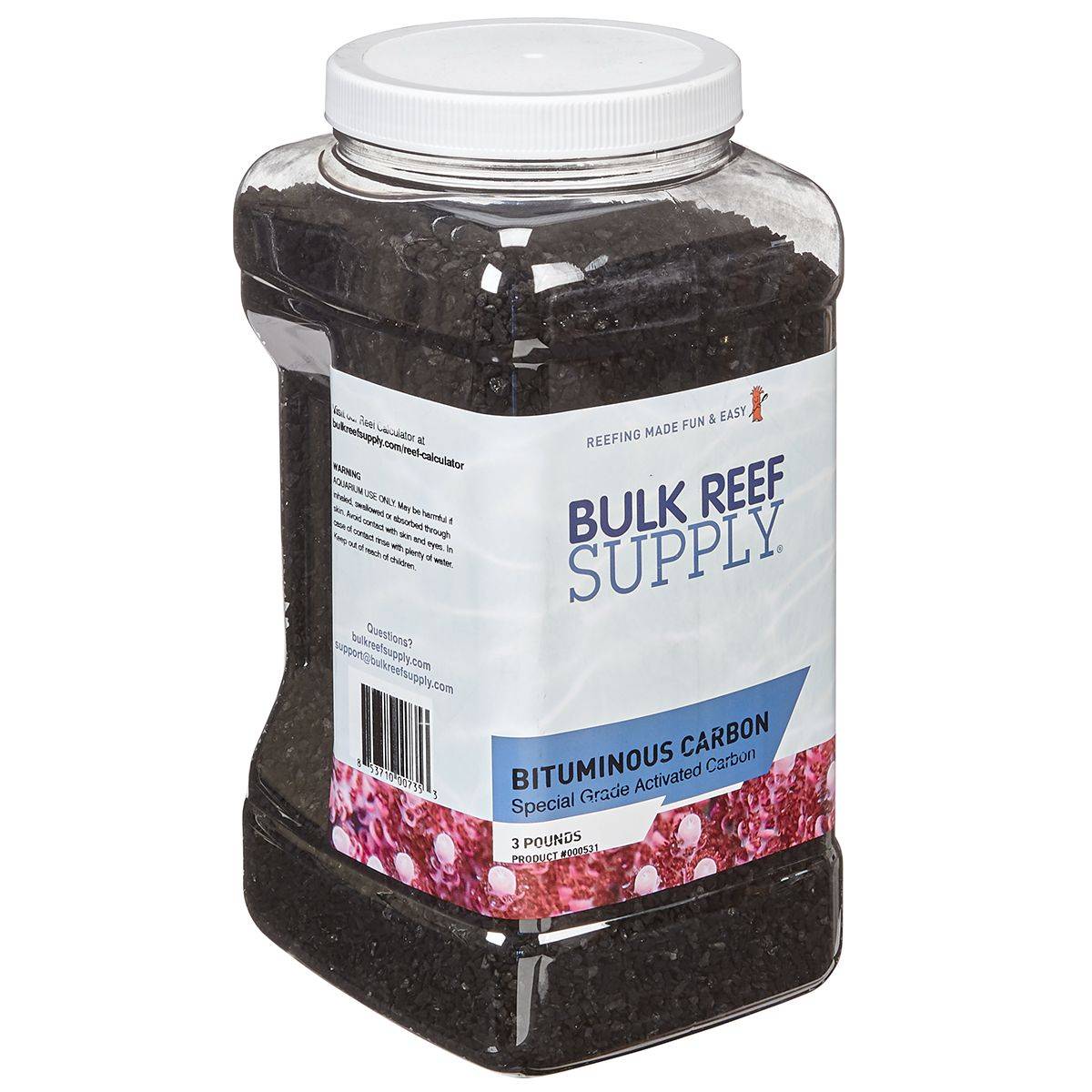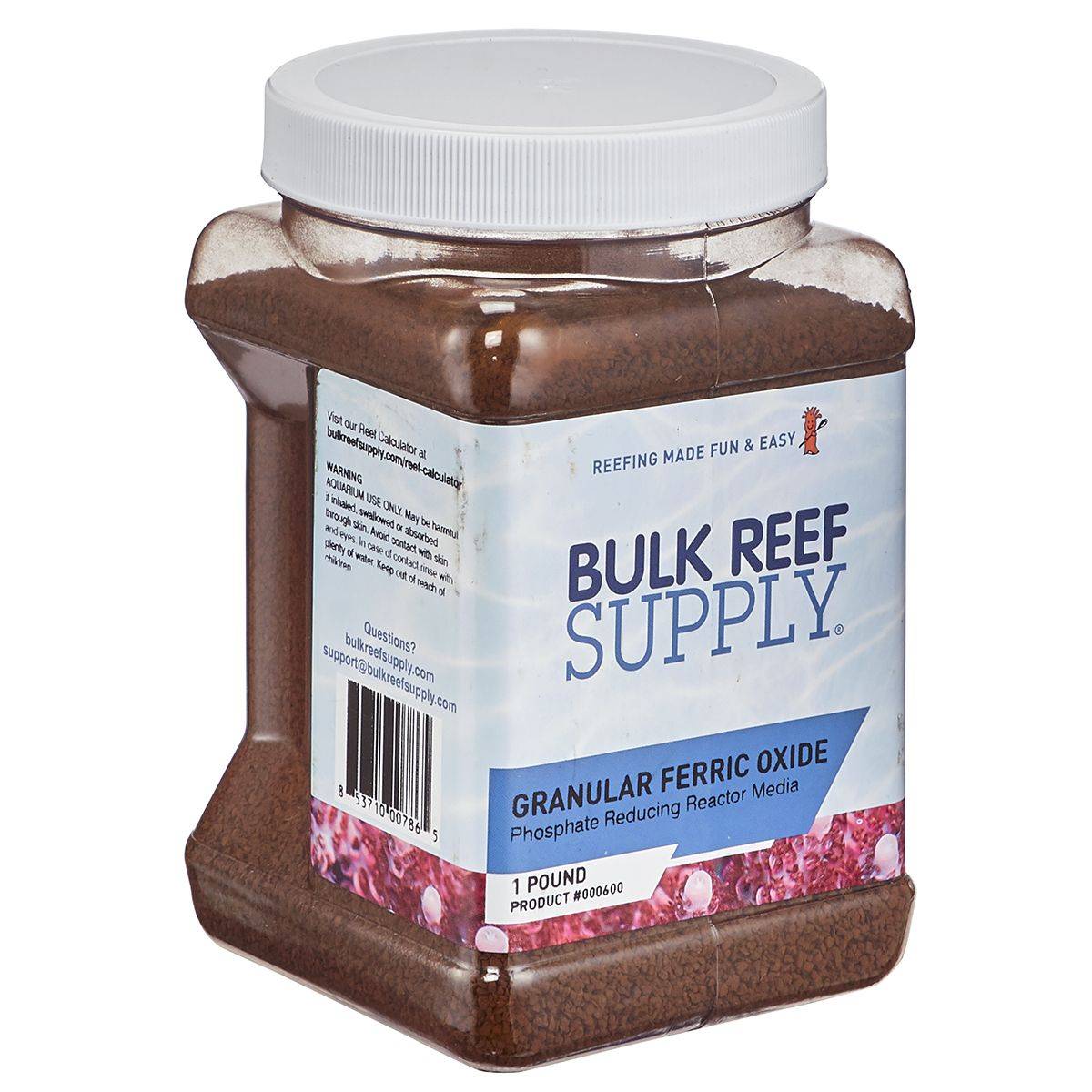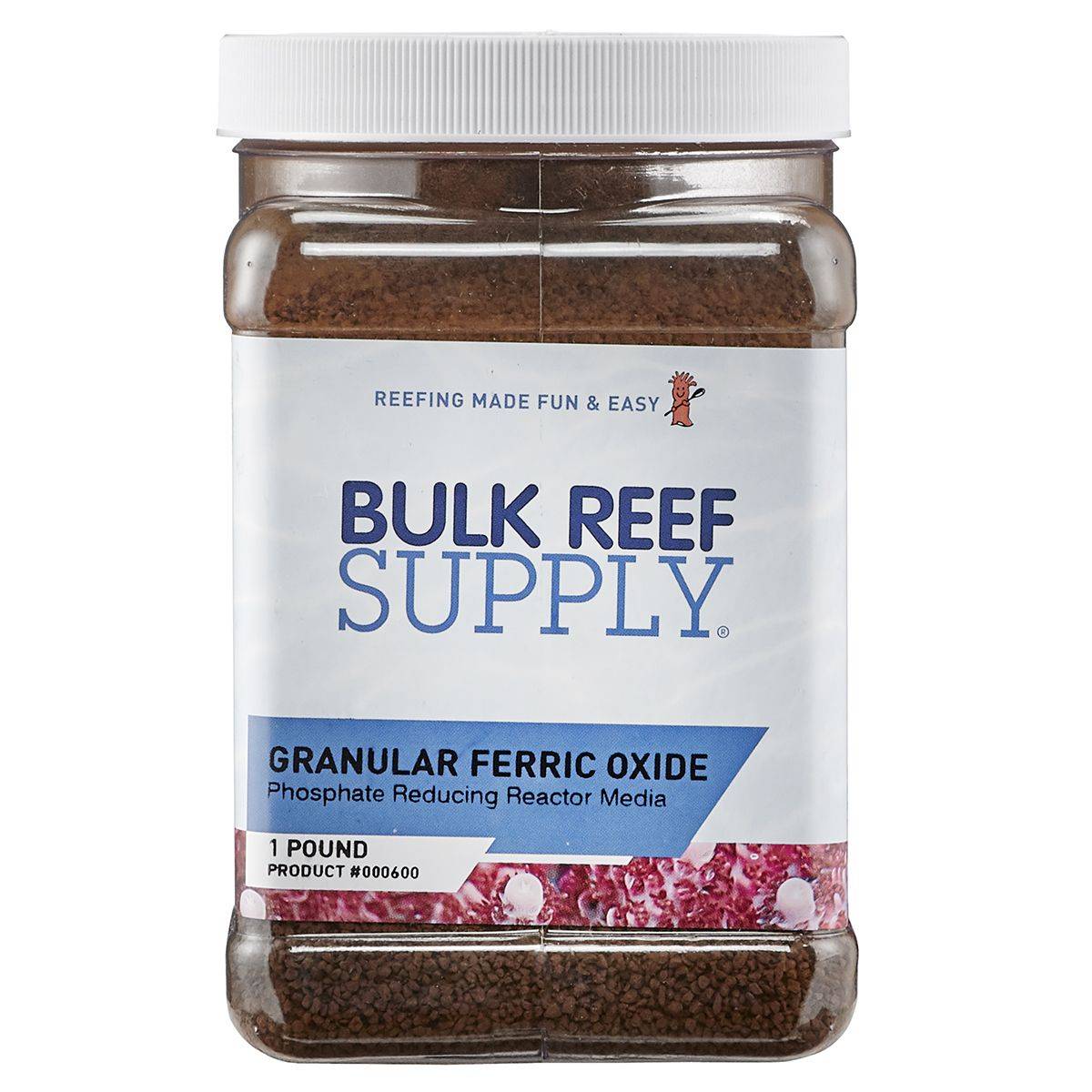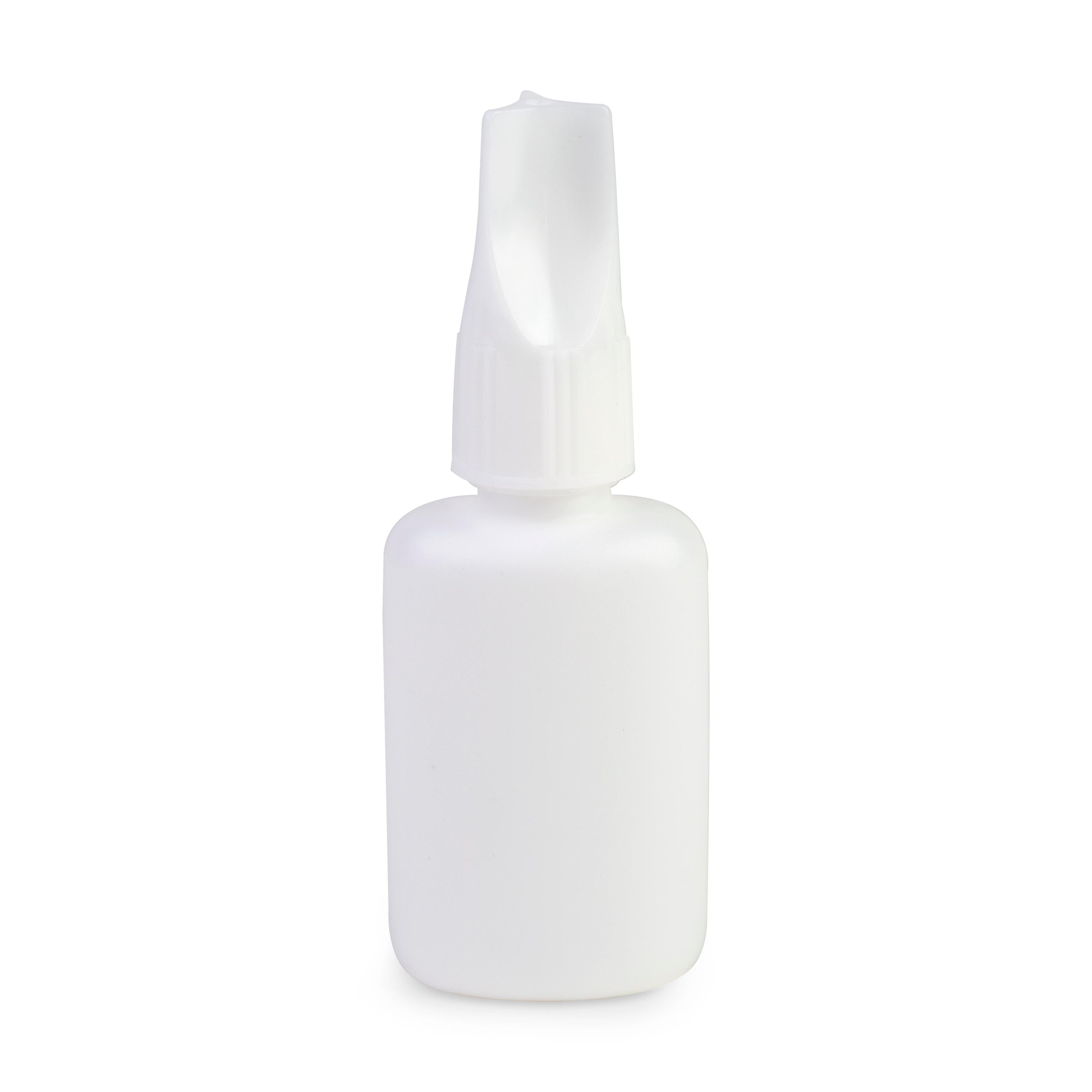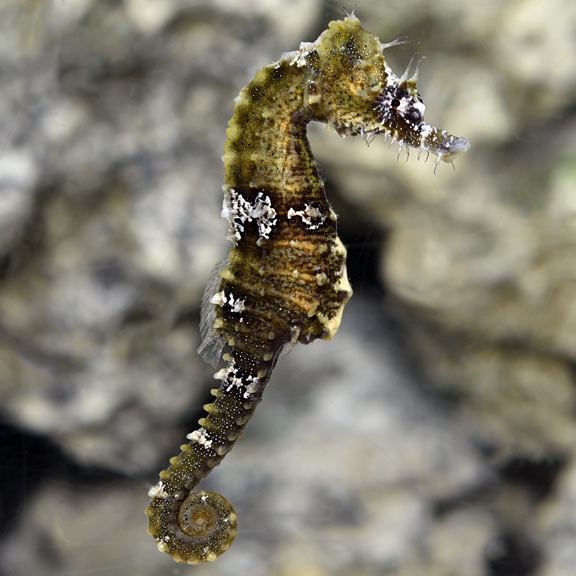
Lined Seahorse (Hippocampus erectus)
Max Size: 7 inches
Diet: Carnivore
Temperature: 68-78 degrees
Temperament: Peaceful
Reef Compatible: With Caution. Will be harmed by stinging corals.
Minimum Tank Size: 30 gallons
The Lined Seahorse, scientifically known as Hippocampus erectus, stands out as a large and strikingly colorful fish, captivating many hobbyists with its beauty. Inhabiting a diverse range of habitats in the Western Atlantic Ocean, along the East coast of the United States, these Captive-Bred seahorses display a variety of colorations, ranging from shades of black, gray, to brown. Interestingly, their coloration can adapt and change in response to the colors of their environment, adding to their allure.
To ensure the well-being of the Lined Seahorse, it is best kept as either a mated pair or in a small group of its own kind, within a species-only aquarium of at least 30 gallons in size. A taller tank with a height of at least 16 inches is ideal, as it promotes better water circulation, which is crucial for their health. When it comes to tankmates, the Lined Seahorse coexists peacefully with small, shy fish like gobies and firefish. However, aggressive, territorial, or fast-moving fish should be avoided as tankmates.
When the male Lined Seahorse is ready to mate, it puts on an impressive display of color changes, energetic pouch displays, and graceful dances to woo the female. If receptive, the female will engage in tail entwinement, dancing, and promenading with the male before depositing up to 600 eggs into his pouch. Approximately 14 days later, the male will give birth to 50 to 400 perfectly formed miniature replicas of the pair.
For proper feeding, it's crucial to keep fast and aggressive fish away from the Lined Seahorse as they may out-compete them for food. When introduced to the aquarium, using live saltwater feeder shrimp can entice them to eat. They will also feed on amphipods and other small crustaceans found in live rock. Additionally, they can accept vitamin-enriched adult brine shrimp, but this should not form the majority of their diet. As slow and deliberate feeders, they prefer two or more small feedings per day.
Seahorses are unique creatures, often seen clinging to seagrass using their prehensile tails rather than swimming. These intriguing features and habits make the Lined Seahorse a truly spectacular addition to any home aquarium.


